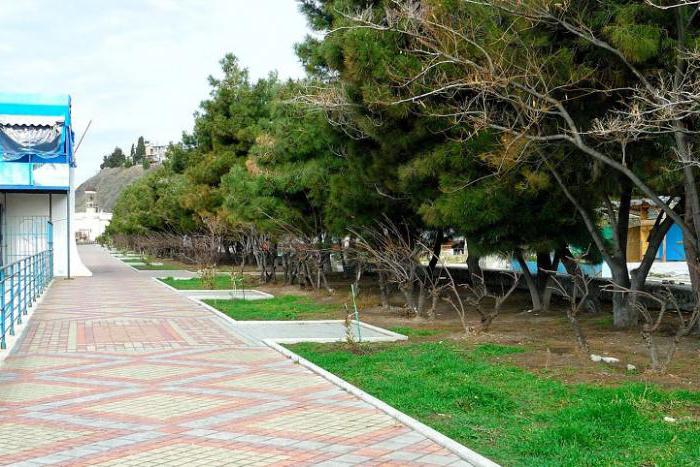Nikolo-Quay Church - a tourist attraction of Murom
Since ancient times a tradition has developed in Russiabuild temples dedicated to St. Nicholas the Wonderworker, near the rivers. This is due to the fact that for a long time he was considered the patron of traveling and floating, as well as a savior of drowning people, without which, alas, not every swimming is done. An example of such a construction can serve as the Nicholas-Quay Church, erected in Murom.
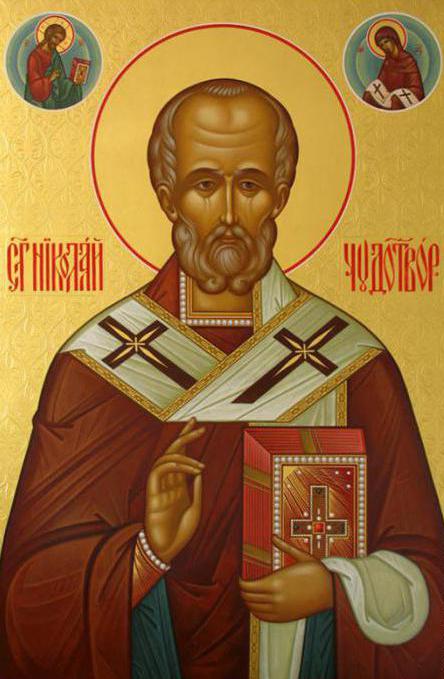
Church on the banks of the Oka River
The name of the church "Naberezhnaya" is due to itslocation on the high and picturesque shore of the Oka. By the way, in the people it is often referred to as "Nikola wet". This is a somewhat familiar name the church received because during the turbulent spring floods water approaches the very walls.
Just below the church, at the foot of the hill, on whichit is located, beats the source, recognized as a miracle. The narration says that near him the holy pilgrim Nicholas himself repeatedly appeared to the pious pilgrims. About the numerous healings that have occurred after immersion in its healing waters, legends have long been legendary. Today, the spring is equipped with a well-maintained bathhouse, and a staircase leads to it, along which you can descend directly from the walls of the temple.
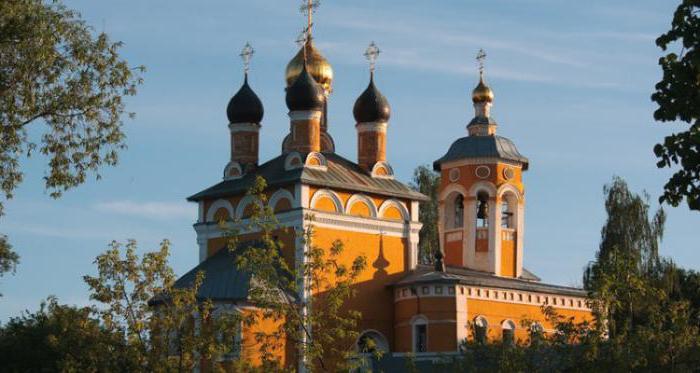
Wooden predecessor of the present church
As it often happened, the predecessor of the currentstone church was a wooden church, the time of construction of which information was not preserved. The first mention of it in surviving historical documents refers to the XVI century. It is only spoken of in passing, and the document does not allow for a complete picture.
More informative in this regard wascalled Piszov's book of the city of Murom, the compilation of which began a century later. It is clear from her that the St. Nicholas Church had two aisles, and next to it there was one more, the same wooden, but consecrated in honor of Solovetsky saints Zosima and Savvatia.
The pious endeavor of a loving son
On the history of the erection of a stone church in honor ofSt. Nicholas knows the following. In 1700, the priest Dimitry Khristoforov came to Moscow from Moore. He was intrigued by the idea to perpetuate the memory of a recently deceased father, who served as abbot of the very same wooden church of St. Nicholas, discussed above. And he decided to do it with a fitting metropolitan - in those years Moscow was the capital of Russia.

A loving son and an exemplary Christian decidedto build on the site of a very dilapidated church by the time, in which his father, a new stone church, served. Obviously, such a good intention had a sufficient material base, since the funds needed for construction were enormous. Then he turned to the leadership of the patriarchate for permission to work.
Contrary to the tsar's decree
Consideration of this issue wasa certain complexity, and a blessed letter, and simply permission, Father Demetrius received only seven years later, in 1707. The case was that at that time the decree of Tsar Peter I was in effect, forbidding the construction of stone structures throughout the territory of Russia except for its future capital of St. Petersburg.
Thus, such a request couldconsidered as impudence, and the attempt to erect a stone church as an unacceptable disobedience. But somehow, it was possible to reach an agreement, and a blessing was received. At the same time, without a hitch, the priest proceeded to carry out his plans.
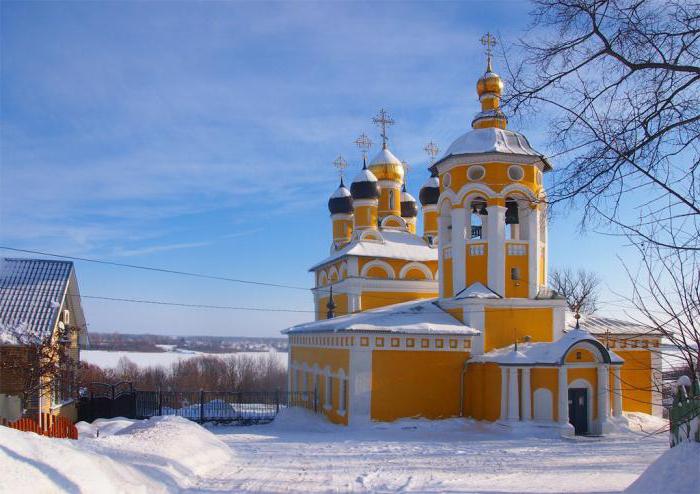
Completion of major works and further reconstruction
About how the stone Nikolo-Quay was builtthe church and whether the pious temple-maker himself (as the builders of the temples used to call it) covered all costs or helped the voluntary donors, it is not known. However, the business was on its way, and seven years later, in 1714, a carved iconostasis was erected under the arches of the newly built and barely exempt from the scaffolding.
In those years in the Annunciation MonasteryMurom lived and worked the famous Russian master icon-painter Alexander Ivanovich Kazantsev, who earned himself the glory of the extraordinary uniqueness of his works. For a new church built on the banks of the Oka of St. Nicholas Church, he performed an image of twelve Sibyls - ancient prophetesses who foretold the appearance of Jesus Christ many centuries before his birth.
It is known that over the years of its existenceBecause of the poverty of its parishioners, Nikolo-Naberezhnaya Church was rebuilt a little, but nevertheless in the XIX century certain works were made in it. In 1803 the church was replenished with a refectory with a side-chapel in honor of the Descent of the Holy Spirit, and after almost half a century another appeared, consecrated this time in honor of the patron of the animals of the Great Martyr Vlasius. This was done at the request of the rich donors - the merchants of Suzdaltsev, the large Murom cattlemen.

The fate of the church in the Soviet period
With the coming to power of the Bolsheviks of the Murom Diocesesuffered the same troubles as the whole of Russian Orthodoxy. Neither the Nicholas and the Embankment Church remained aloof from them. She was only relatively fortunate in that she managed to remain among the few active temples until 1940. Then, just before the war, it was closed down and did not resume worship even during the period when, in order to raise the patriotic spirit and rally the nation, Stalin ordered some of the temples taken away from them during the most difficult battles.
The plundered and empty Nikolo-Quaythe church (Murom) stood until the beginning of the fifties, when the city authorities came up with the idea to build a poultry farm within its walls. After this, for twenty years the vaults, once heard only prayer songs, were echoed by the clucking of hens.
Then for the feathered farm a newroom, and the Nicholas-Quay church in Murom was adapted for the warehouse of the city museum, in which samples of wooden sculpture were stored. At one time, an exhibition dedicated to the role played by Oka in the economic and cultural life of the country was being tried at her walls, but the troubles that started in this connection did not end with anything. Until the early nineties, the temple was abandoned and stood in desolation.
Restructuring
When, finally, as a result of newperestroika trends changed the policy of the state towards the church and believed even those who had previously fought against the religious dope in their duty, looted and desecrated temples began to return them to their former owners. Among them was the Nikolo-Naberezhnaya church, whose history from that time became a reflection of the processes that swept the whole country in the nineties.
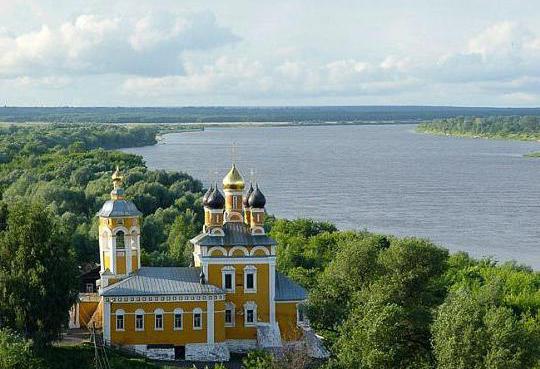
Return of the former appearance of the temple
In 1991 the church became part of theVladimiro-Suzdal diocese, and from that time began its restoration. In particular, a large amount of restoration work was carried out, which allowed it to return to its original form. As a result, today the St. Nicholas Church, the photo of which is presented in the article, fully corresponds to the image that it acquired during the last reconstruction, made in the middle of the XIX century.
Despite the fact that the basis of the construction istraditional for middle Russia of that period five-domed, art critics nevertheless classify the style of the Moscow baroque. This is mainly due to the peculiarities of the decorative design of the facades and interior spaces.
Holy, giving mercy to people
Among the numerous current templesMurom land is one of the most visited is the St. Nicholas Church. The testimonies left by those who visited her services testify mainly to religious feelings, covering all those who came to bow to the relics of the holy righteous Juliana Lazarevskaya, who were transferred here in 1993.
This God's servant, who accomplished her lifethe path to the cruel and inhuman era of the reign of Ivan the Terrible, when all the principles of Christian humanism were trampled, was awarded the crown of holiness precisely for kindness and mercy. Devoting her life to helping the unfortunate and destitute, she proved that, regardless of the realities of the world around him, man is the crown of the creation of God, he can and must preserve in himself the likeness of Christ.
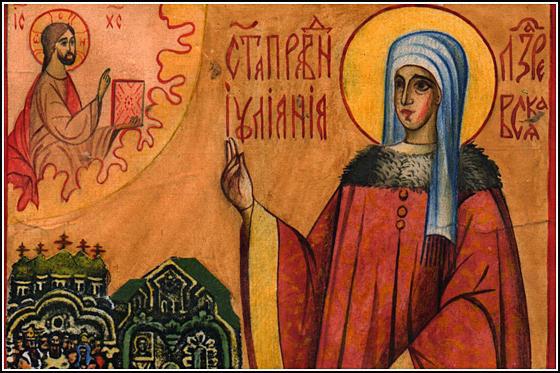
And in the end for all who are interested inNikolo-Quay Church, how to get to it, we will consider. Residents of the capital can use the trains departing from the Kazan station in the Kazan direction. All of them follow through Murom. There are also railway and bus routes from St. Petersburg, Ryazan, Nizhny Novgorod, Vladimir and a number of other cities. In the very same Murom, it is not difficult to find a church, the main thing is to remember the address: ul. Plekhanov Str. 27a.


